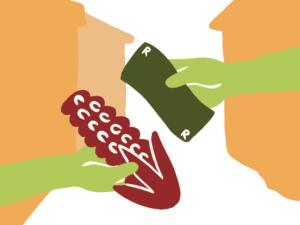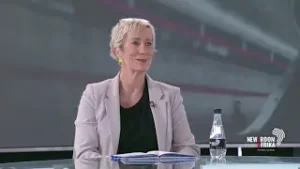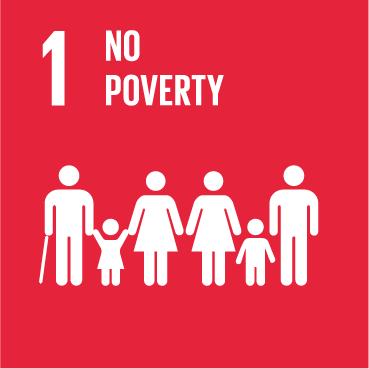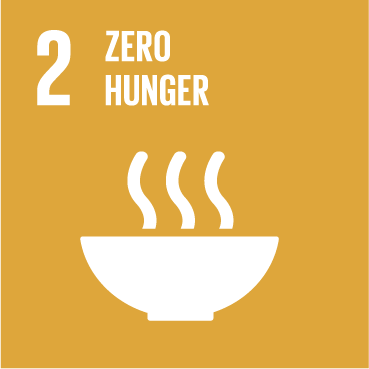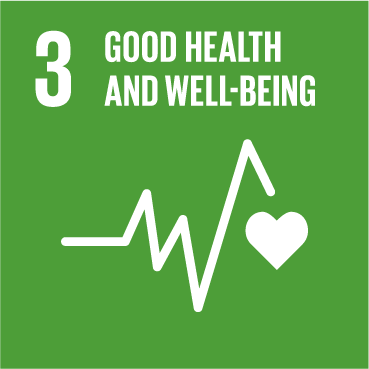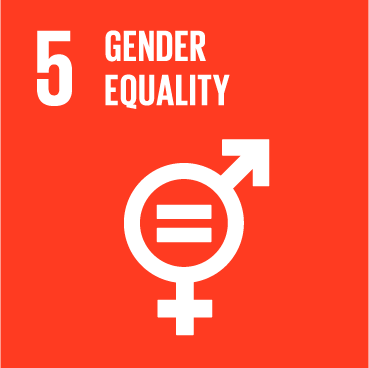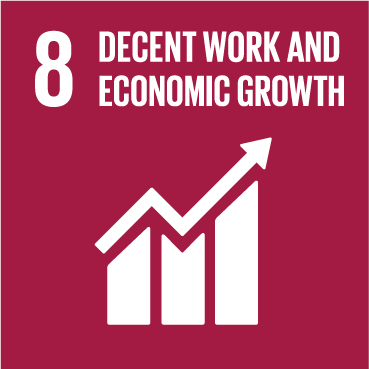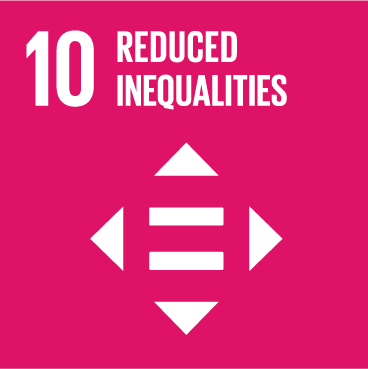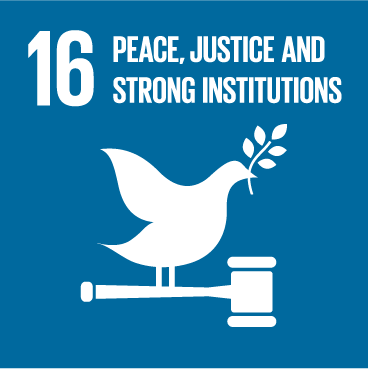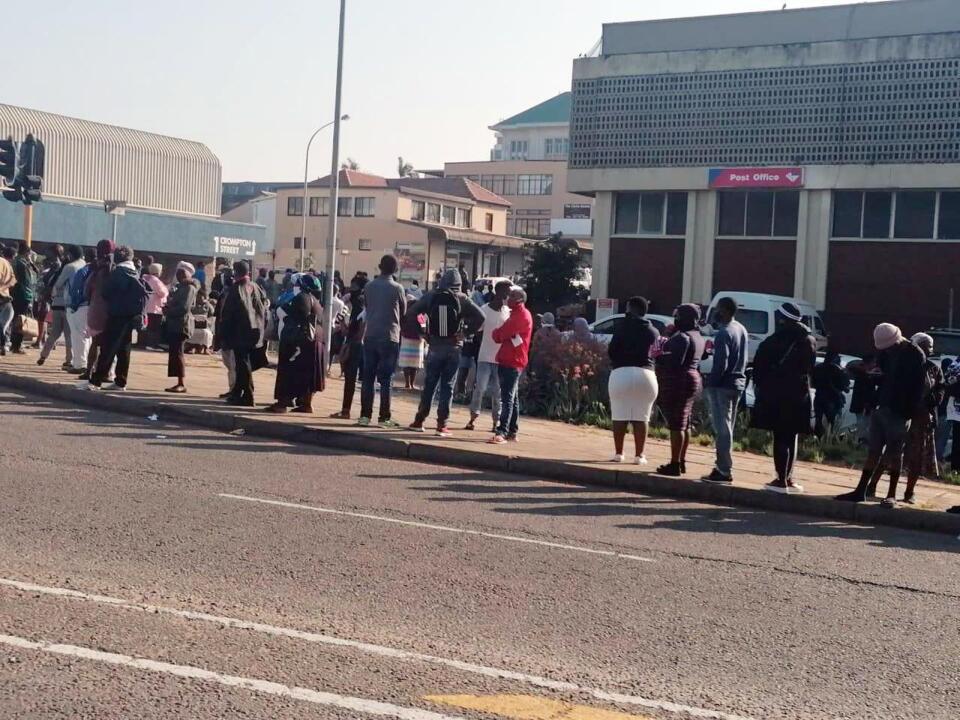
Picture: ANA File – People queue for their social grant outside the Pinetown post office in Cape Town, South Africa, in October 2020. Just under 16.5 million children and pensioners receive monthly grants, and around 5 million people receive the R350 grant. Many people will be anxiously waiting to see if the February 2023 grant increases will be in line with inflation, the writer says.
Across the globe, including in South Africa and her neighbours, the cost of meeting basic needs is rising exponentially. In South Africa, income sources are dwindling. The traditional flow of income as remittances from urban to rural provinces has been replaced by state funded social grants as even in urban areas jobs, decent permanent jobs are fading fast.
The state is to be applauded in its roll out of social grants, mainly to poor and hungry children and older persons, and also, begrudgingly, to poor and hungry working age people. Just under 16.5 million children and pensioners receive monthly grants, and around 5 million people receive the R350 grant. Many people will be anxiously waiting to see if the February 2023 grant increases will be in line with inflation.
But it is time that we start to move towards referencing incomes – whether grants or wages – to a substantive decent standard of living, because that is what the Constitution guarantees to all in South Africa and that is a cornerstone of international rights instruments, everywhere.
With international finance agencies such as the World Bank and the IMF insistence on targeting of development interventions since the 1980’s and 90’s, the discussions of a decent life and its antithesis, poverty, have become a lot, well, poorer. Anti- poverty programmes instead are targeted to crudely designated groups such as the ‘poorest of the poor’ or the ‘most vulnerable’.
The outcome of these practices has been the simplistic confusion of measurement with conceptualisation and definition of poverty.
In Western countries, poverty measures are usually conceptually relative. People falling below 40 percent of the national income are often designated as poor. Poverty is seen as constituting a relative lack of access to things that make social interaction possible, the absence of certain thresholds of goods are seen as leading to social ‘shaming’.
This can include not having enough money to buy new shoes and clothes, to afford membership to social clubs or even to go away on holiday. A relative conceptualisation of poverty is built around notions of exclusion, and of course, as a nation becomes richer, the relative thresholds are higher.
In developing countries by contrast, the definition of poverty has been downgraded to a measure. There is no attempt to conceptualise what poverty and its inverse- well-being- are, relative to others in the same society. Instead, the measurement of poverty has replaced its definition.
The global measure of $1 per day that was first used about 20 years ago was an aggregation of the twelve or so lowest poverty lines used in developing countries. It had no indexing to a standard of well-being or living and so was never linked to the cost of meeting basic needs in any one specific country. And the definition of poverty itself became to mean living below that measure.
The absurdity of this collapsing of conceptualisation, definition and measurement lay in the logical extension that if you had access to $1,05 for instance, you must no longer be poor and thus your well-being was of no interest to anti-poverty programme designers.
In a country with the obscene extremes of inequality as South Africa, the action of defining what is a decent life is an inherently political one. To define such a thing is an immediate call to action on two fronts. On the one hand, those in power are expected to commit to ensuring that everyone has access, or the hope of access, to that standard of life. And the corollary is that defining a standard of decent living must call into question what appropriate measures should be adopted to redistribute from those whose standard of living far exceeds that measure, to equalise up for the rest.
The UN International Convention on Economic Social and Cultural Rights guarantees the right to an adequate standard of living. This right covers the basic dimensions of well- being including food, housing and clothing and a ‘continuous improvement of living conditions’. This standard is clearly not an absolute minimalist standard; rather it provides for the continuous, progressive improvement of a standard of living for all.
The South African constitution adopted the legal and normative standard of a right to dignity as an even higher standard than an adequate standard of living. The National Development Plan included the need to define a decent standard of living to guide national development priorities But, as said above, this has yet to the defined.
Instead what we do have are the three absolutist poverty lines developed a number of years ago by StatsSA. The lowest of these three lines is the Food Poverty Line of R663 per person to month, and the highest of these is the Upper Bound Poverty Line of R1417 per person per month. And almost by stealth, because of the absence of a fully defined decent standard, these poverty lines have crept in as giving substance to the meaning of a decent life. Does having income of R1418 per month render your life decent, one has to wonder.
Mahatma Gandhi said that a nation’s greatness is measured by how it treats its weakest members. How a nation defines the well-being of its weakest members is also a critical marker of its worth.
In a forthcoming publication on a Decent Standard of Living by the Social Policy Initiative and the Southern African Social Policy Institute present a recent update on one approach to defining a decent standard of living in South Africa.
The Decent Standard of Living (DSL) Project uses the internationally recognised Socially Perceived Necessities (SPNs) methodology. This is a consensually composed list of basic necessities. In the process, ordinary people are asked to define what a decent life, or a life lived with dignity looks and feels like. The strength of this approach is that it trusts the collective vision, which is after all what drive South Africa’s liberation struggle of equality. It measures more than how many people don’t have enough to eat.
This multidimensional methodology then allows analysts to identify the median income amongst the income band of people who have all the SPNs (or who could have, but have decided not to). This becomes a simple indexing of the level of income associated with the possession of all the SPNs. It is an extremely elegant way of avoiding normative and methodological issues of the selection of items in a basket of basic goods such as the differential for cultural norms and individual tastes.
This work was supported by UNICEF and the Department of Social Development. It will be a critical contribution to understanding the aspirational standard that the nation needs to meet for all.
The first SPN selection was published in South Africa in 2018. The current inflation uprated value of that DSL is R8 327 per person per month. The current child grant of R480 per month is just under 6 percent of this standard. The Old Age Grant of R1990 is 23 percent of this level. The Social Relief of Distress grant of R350 is 4 percent of this level. Social grants are not ‘top ups’ of income. In just under 40 percent of grant receiving households, the grants are the main source of income.
As we track the values of the grant increases announced in the February budget, let us start a tradition of not asking: ‘did the grant keep pace with inflation?’, but rather: ‘how much closer to living a decent life are the nation’s poor?’
© The African [2023]. All rights reserved.

